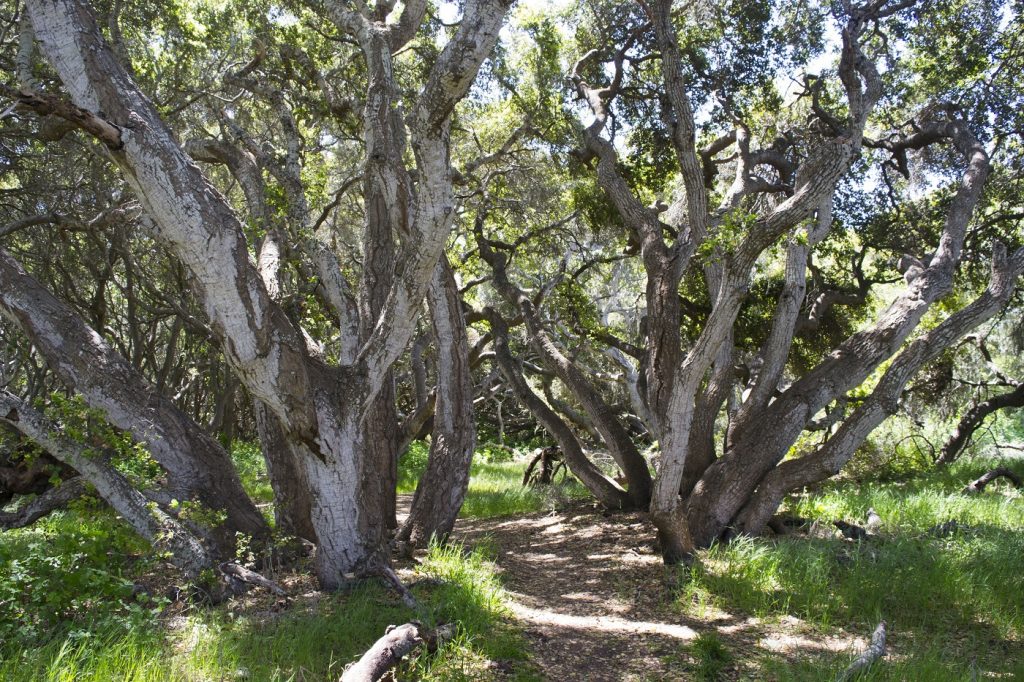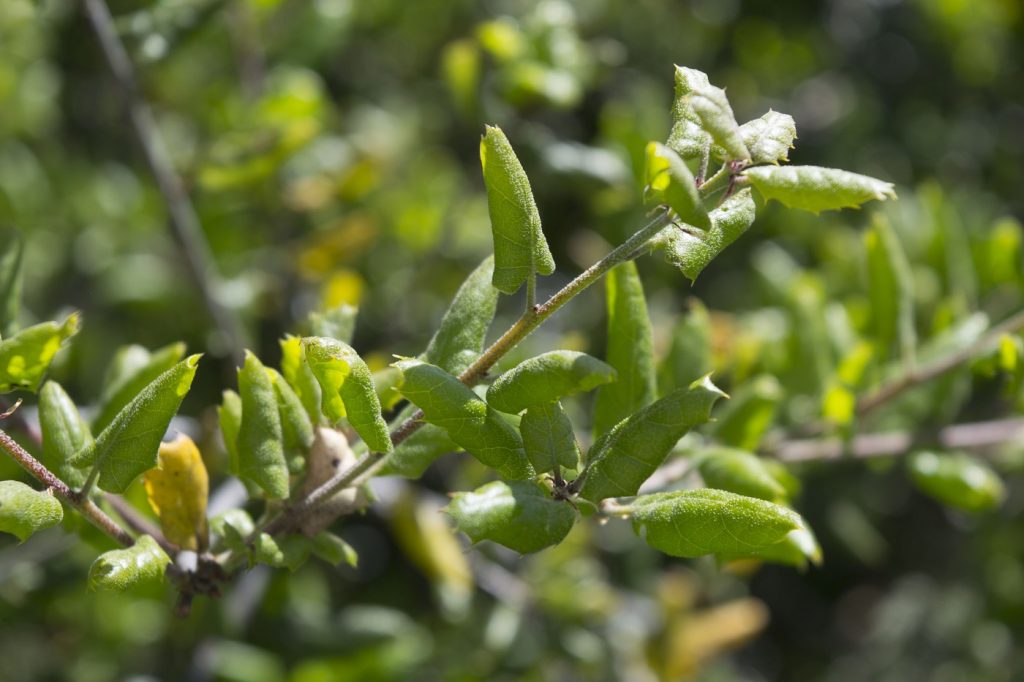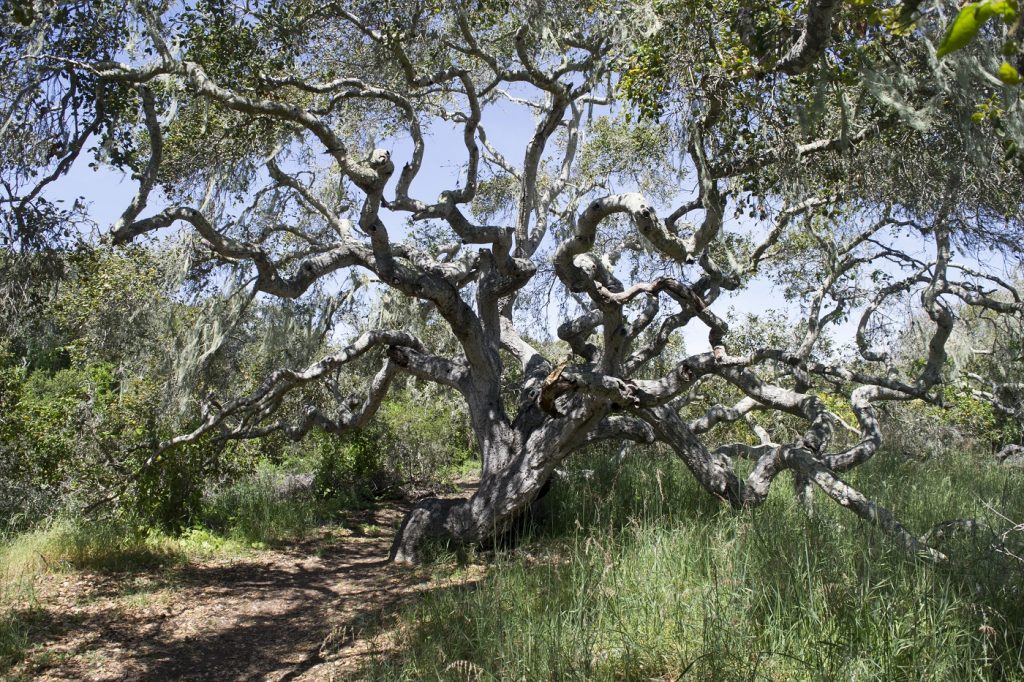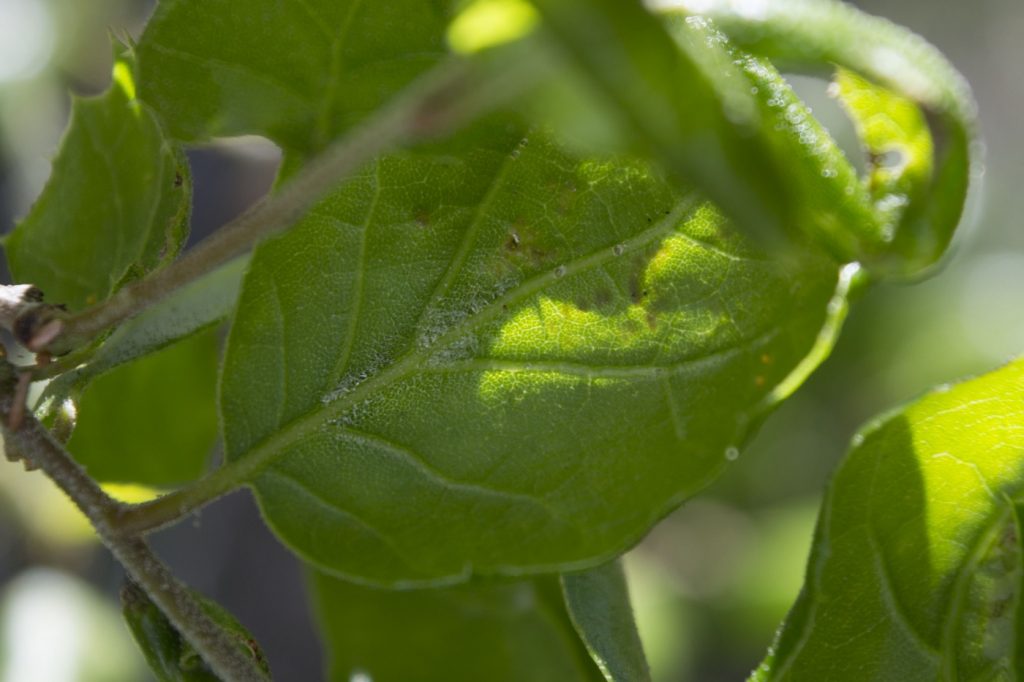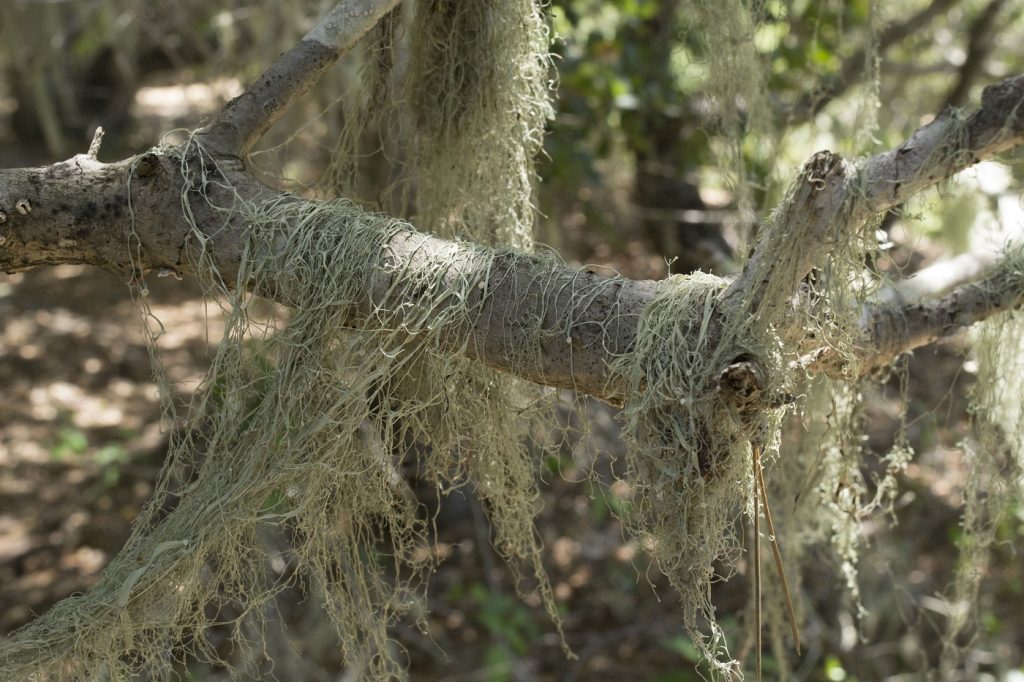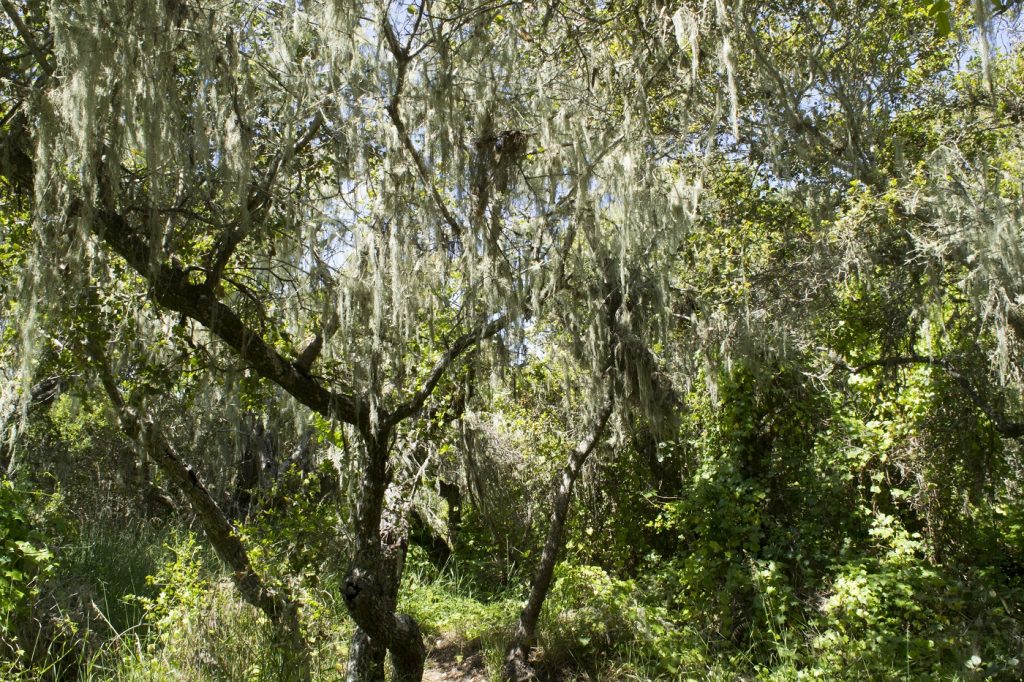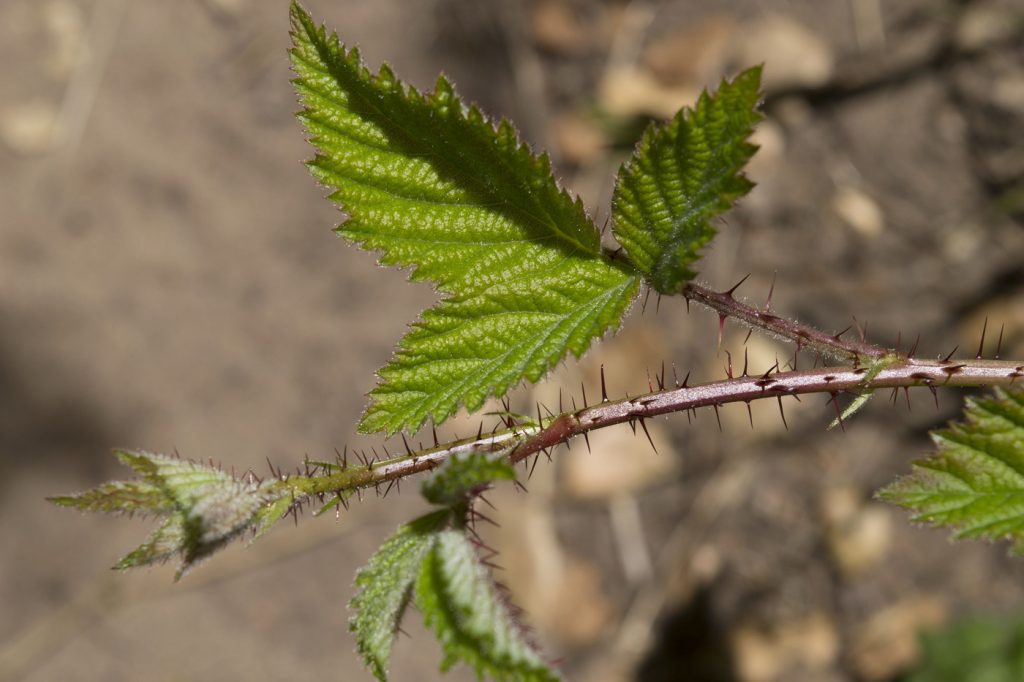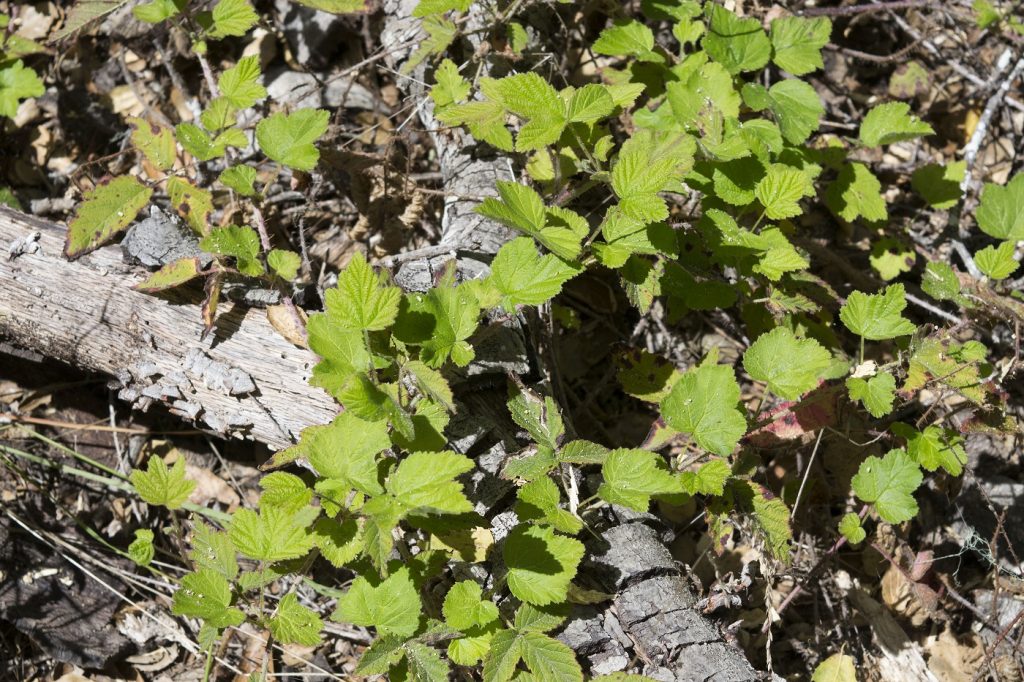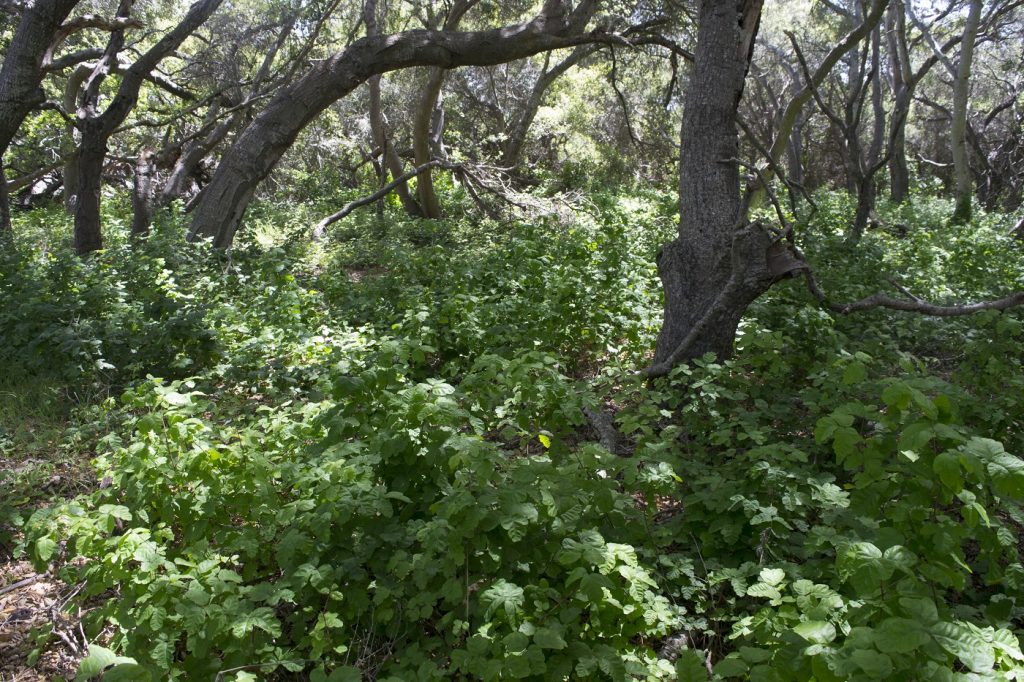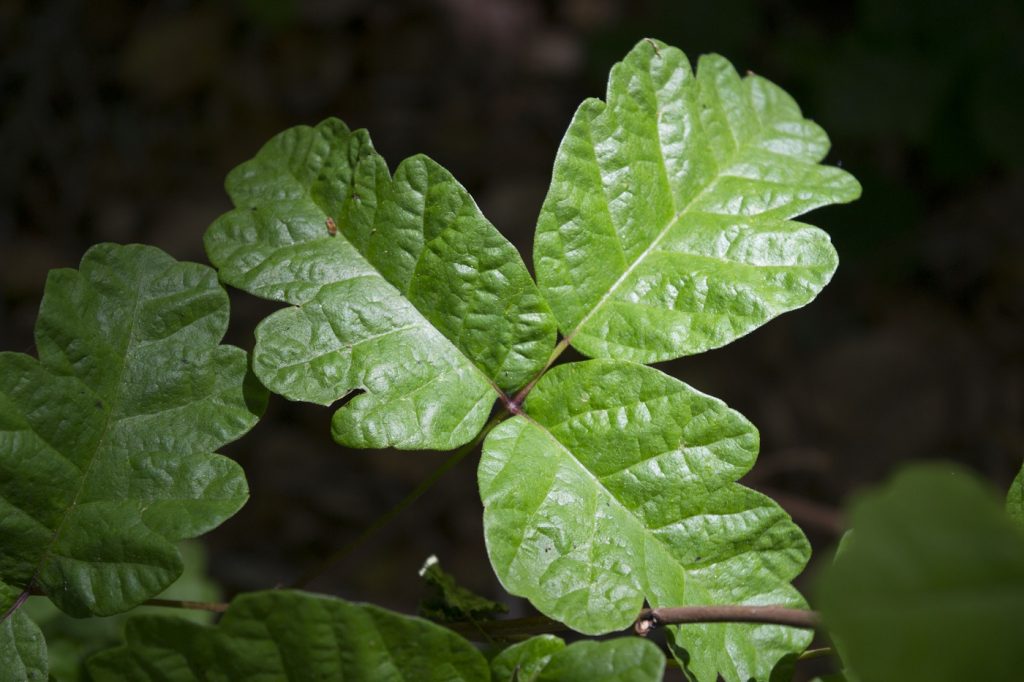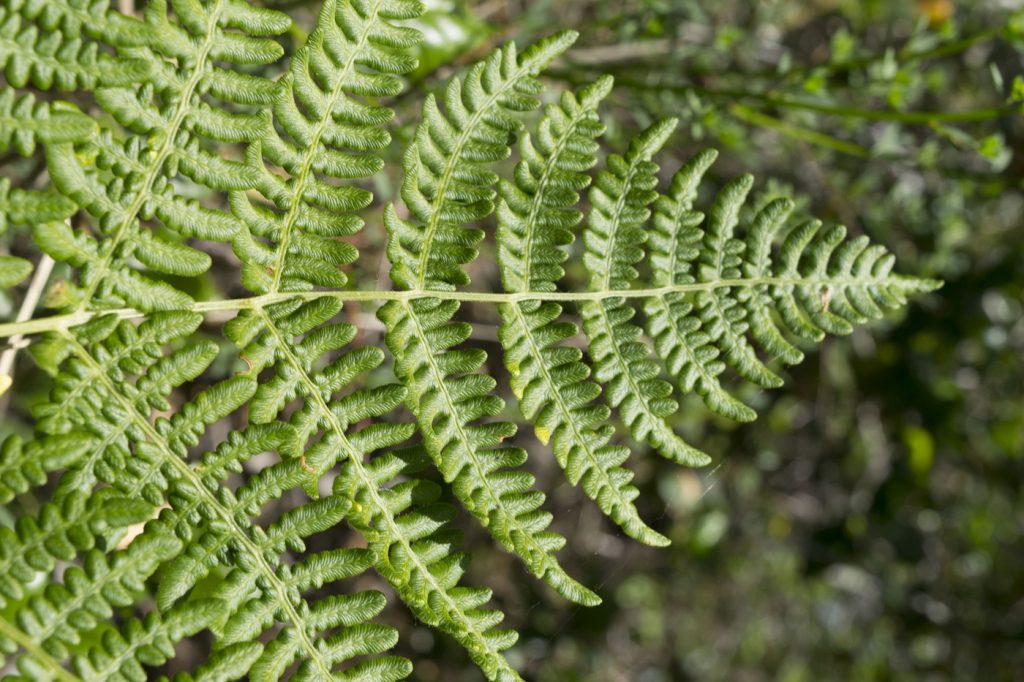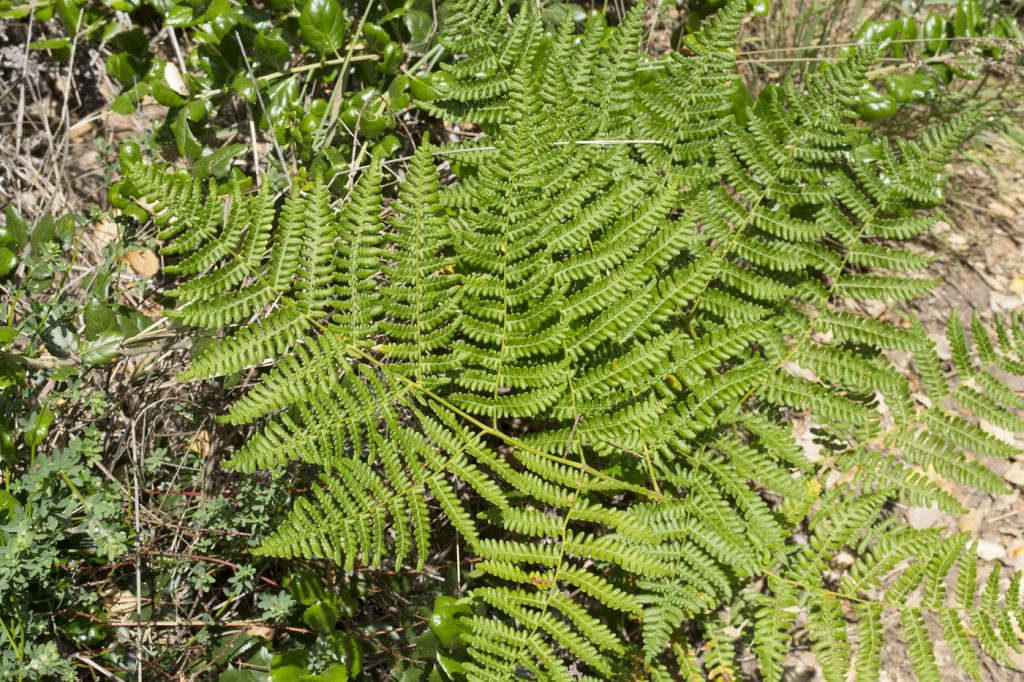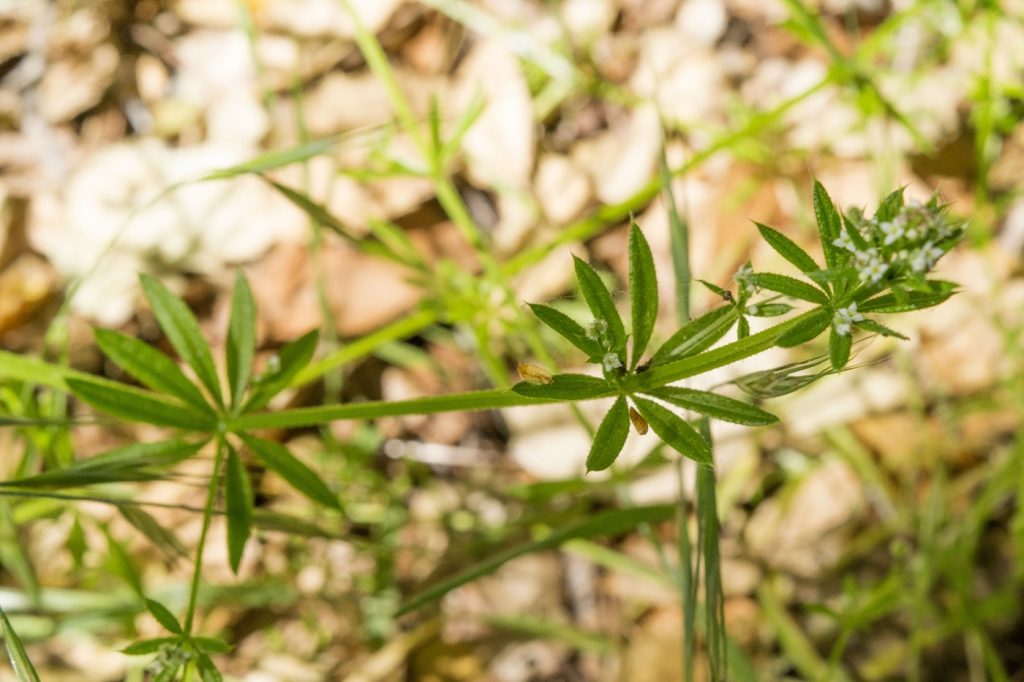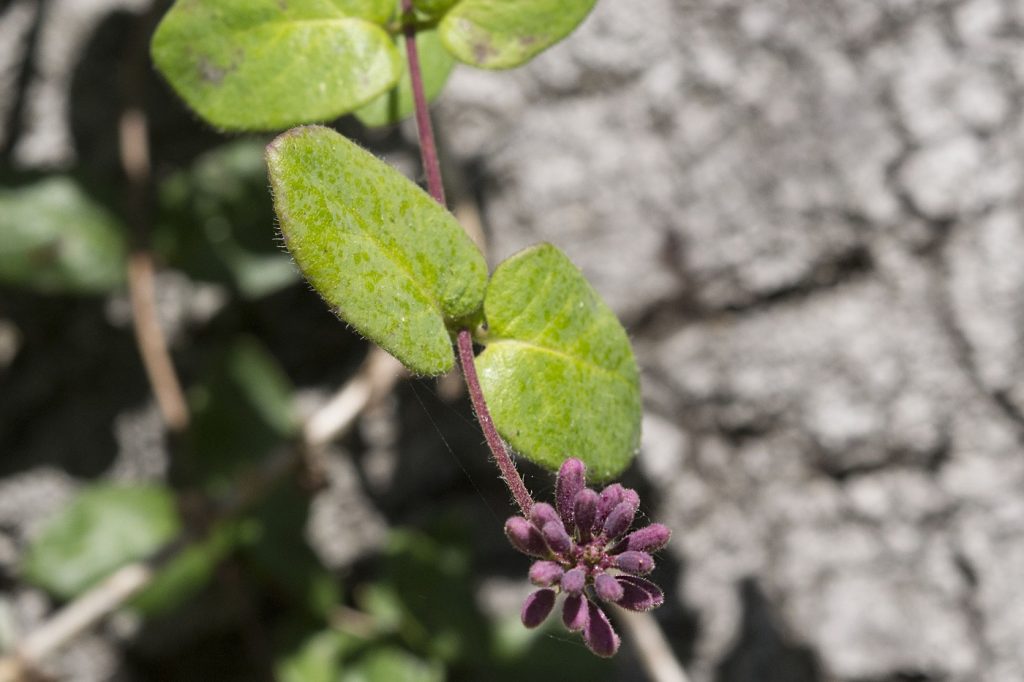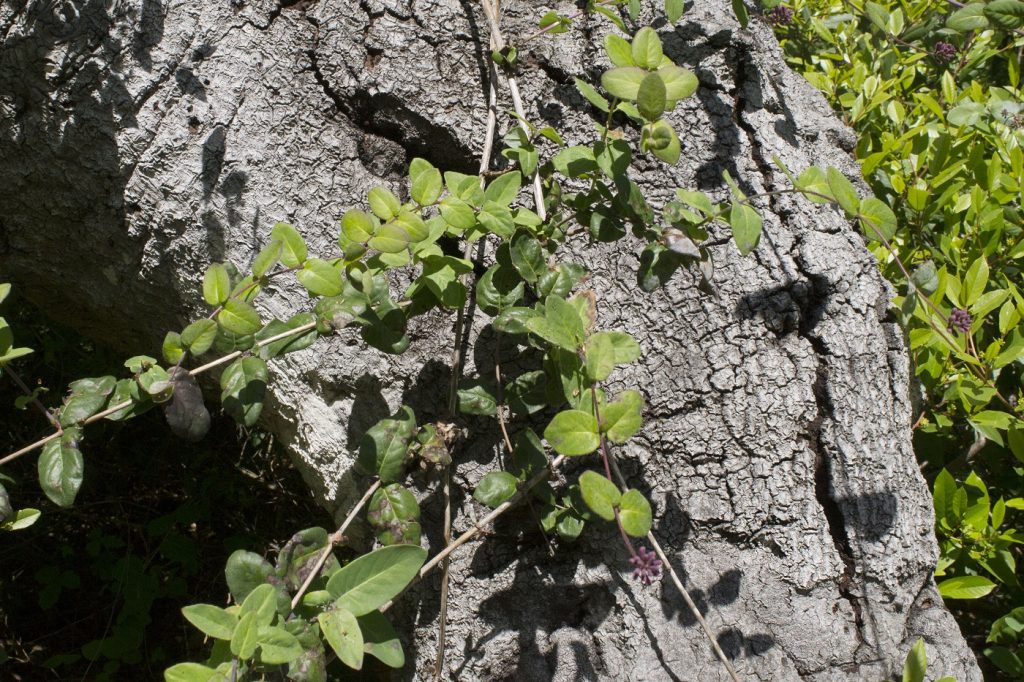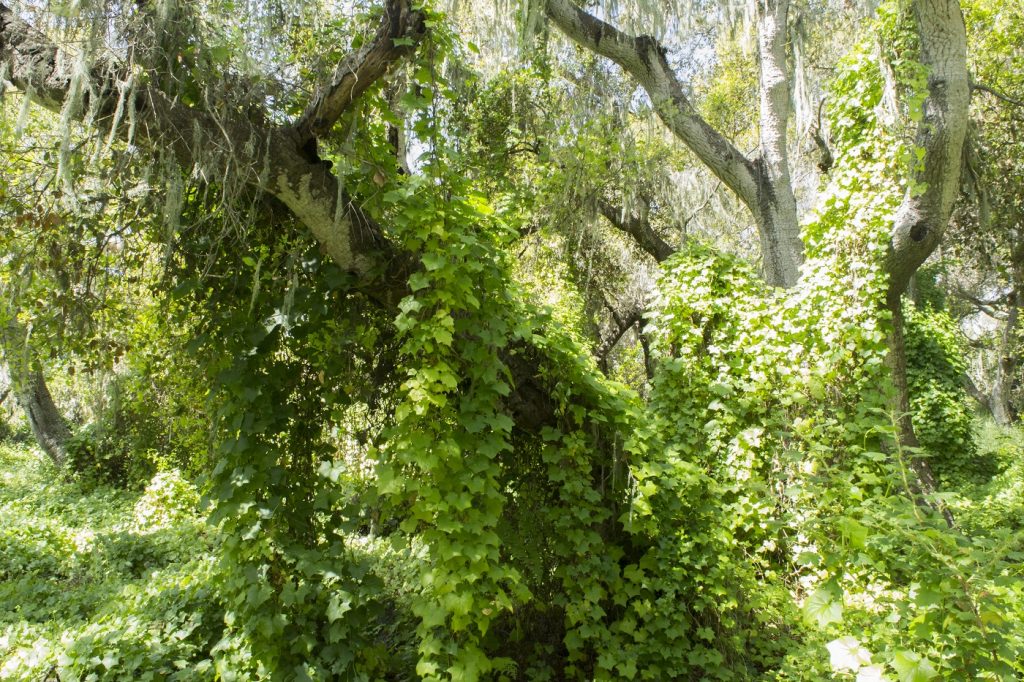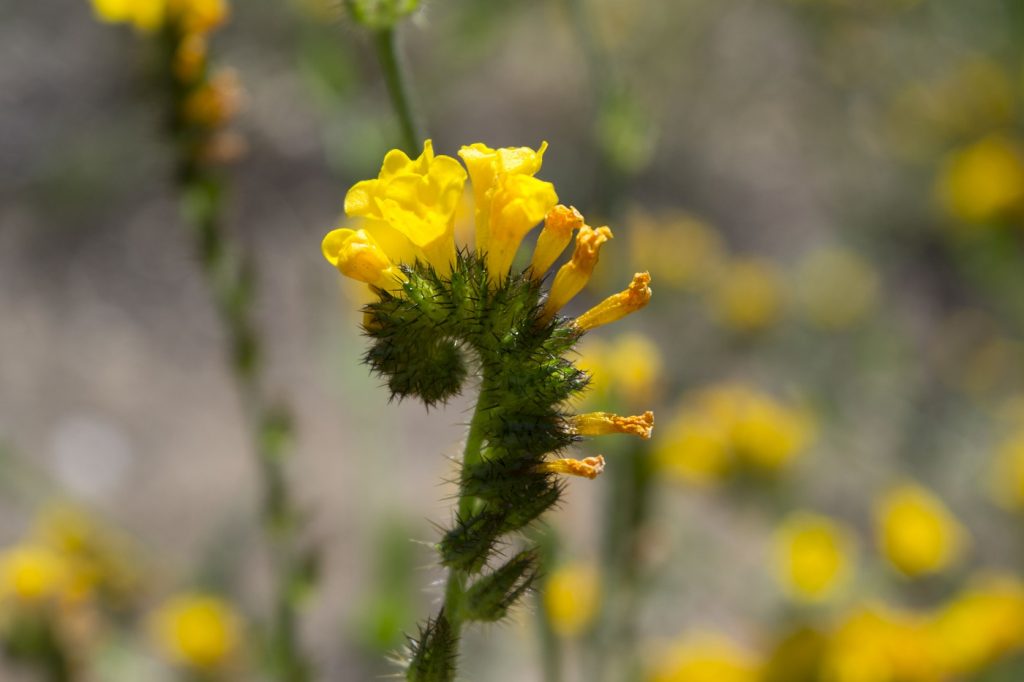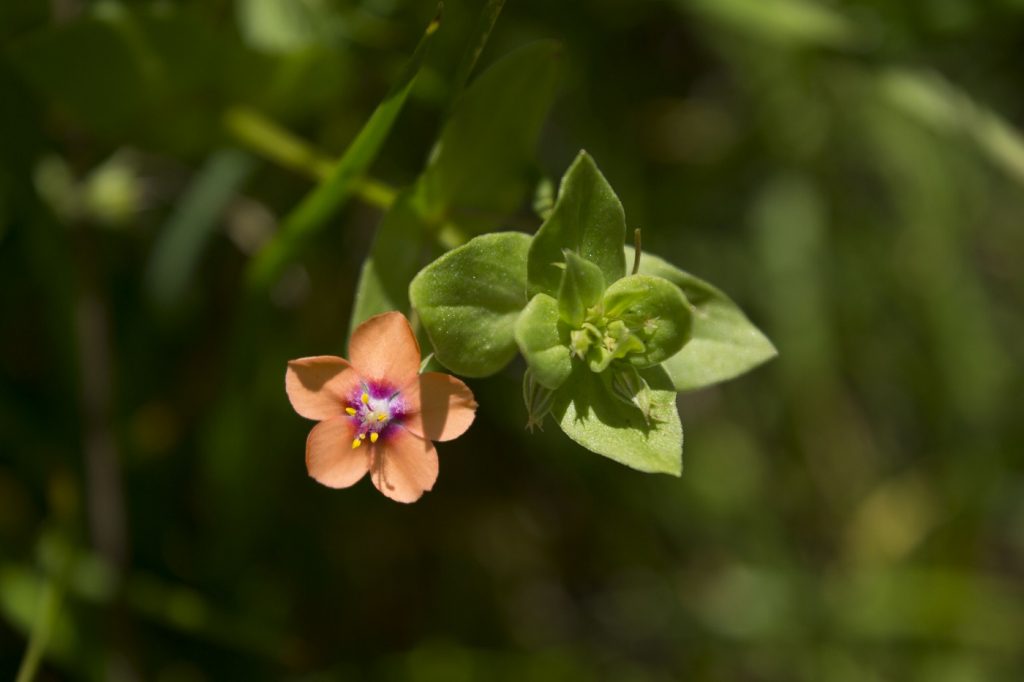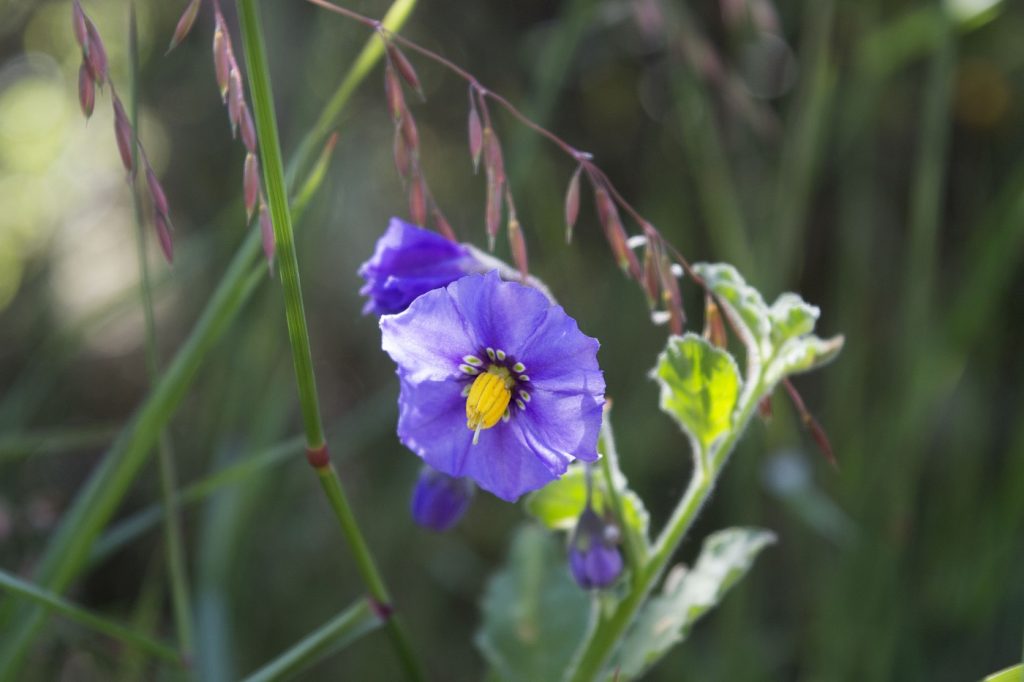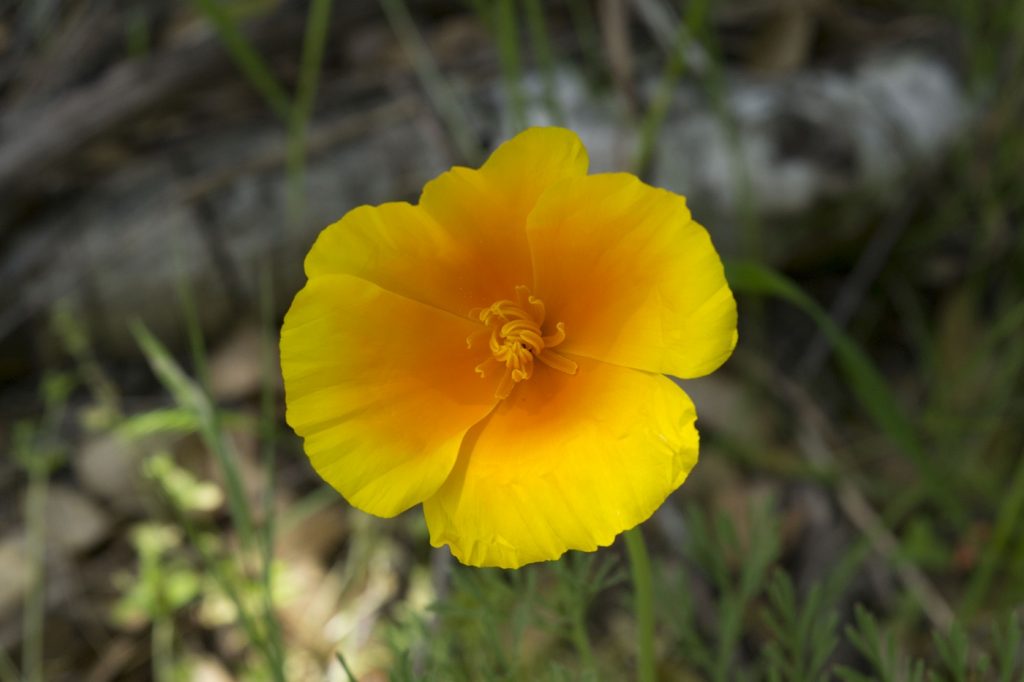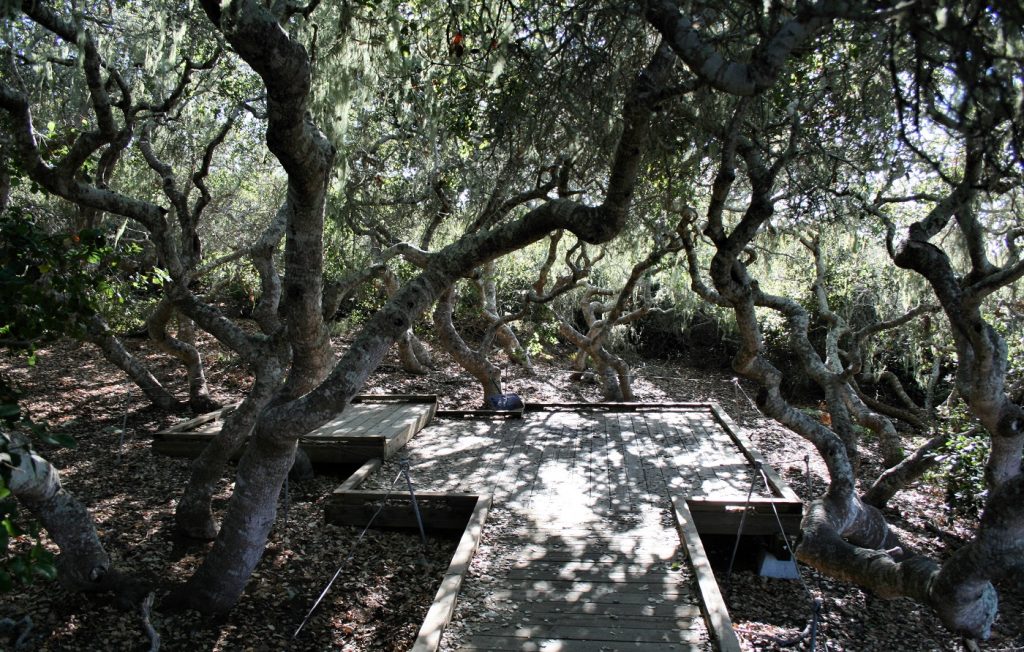Coast Live Oak Woodlands Are Unique
Oak woodlands are so characteristic and unique to our state that many think the plant community should be declared California’s state vegetation type. Not sure what a plant community is? Take a look at our introductory post to the Morro Bay Native Plant Series, an exploration of our watershed’s diverse native flora!
The term “woodland” is used instead of “forest” because the canopies in a woodland rarely overlap, allowing for more space and sunlight between trees. Woodlands also typically occur on drier soils and at lower elevations than forests.
Where to find oak woodlands in California
While oak woodlands occur in other states, most of the dominant trees in our oak woodlands are endemic to California, meaning they do not occur anywhere else.

Plants found in coast live oak woodlands
Coast live oak (Quercus agrifolia)
There are various types of oak woodlands in California, but in the Morro Bay watershed, we primarily find the coast live oak woodland community. As you might guess from the name, this community is dominated by the coast live oak (Quercus agrifolia).
The coast live oak is an evergreen tree with a dense canopy, which is the layer of branches and leaves that shade the ground when looking up. Special characteristics allow this tree to thrive in our region’s Mediterranean climate, such as its specialized root system that collects moisture from several levels in the soil, and two different kinds of leaves that regulate sunlight absorption. The outer leaves, called sun leaves, are furthest from the main trunks. These leaves are sclerophyllous (hard, small, and thick), which maximizes sunlight absorption and minimizes water loss. The inner leaves, or shade leaves, are much wider, thinner and flatter, and are protected by the sun leaves. Sun leaves have three layers of photosynthetic cells, while the shade leaves have only one.
Coast live oak leaves are easy to identify: they are convex shaped with a toothed (spikey) margin and are shiny on the upper surface. The most distinguishable characteristic of a coast live oak leaf is the collection of fibrous hairs in the corners of the veins on the underside of the leaf.
Lace lichen (Ramalina menziesii)
It is common to see long, stringy lichen growing from coast live oaks in our watershed. This is lace lichen (Ramalina menziesii), which is actually the California state lichen. Even though lichen isn’t a plant (it’s a symbiotic relationship between fungus and algae), lichen is important to this plant community as it captures nutrients and moisture from the air, and does not harm its host (the coast live oak).
Because the canopies of coast live oaks are so dense, only shade-tolerant woodland shrubs grow beneath them. Take a walk through the Los Osos Oaks Reserve, and you will find many of these oak woodland associated plants!
California blackberry (Rubus ursinus)
California blackberry (Rubus ursinus) is a common shrub found in these woodlands. Be careful of the spiny stems!
Snowberry (Symphoricarpos mollis)
Snowberry (Symphoricarpos mollis) is another common shrub found here that has toxic white berries.
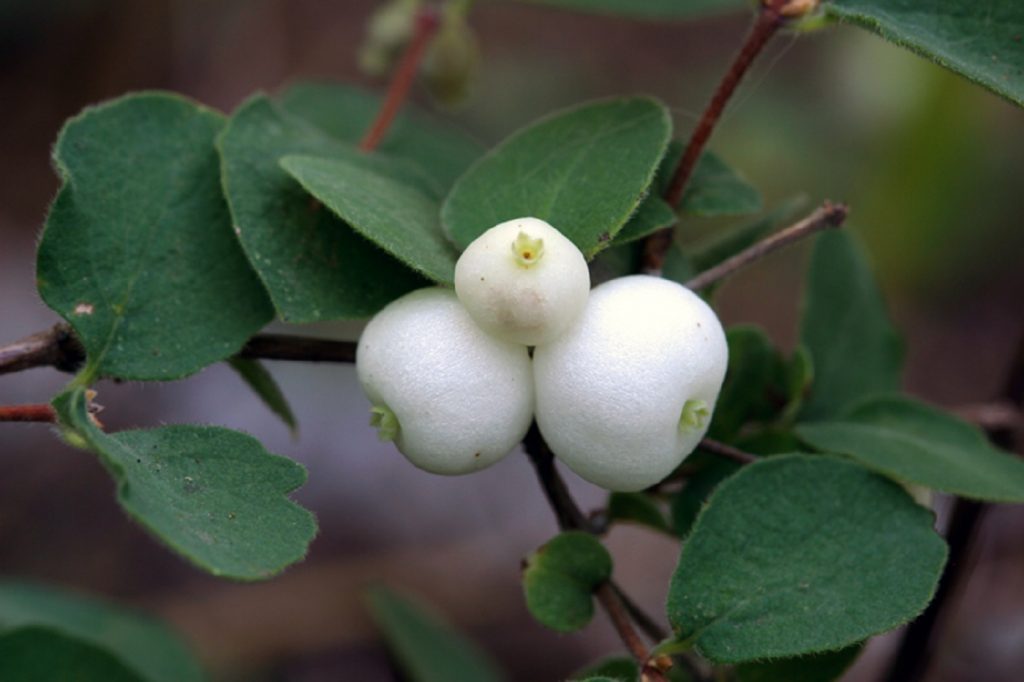
Poison oak (Toxicodendron diversilobum)
Poison oak (Toxicodendron diversilobum) is a shrub we know well by now. As you can see by its density along the path in the photo below, Poison oak is most common in this plant community.
Remember to wear long pants when hiking the trails in the Los Osos Oaks Reserve. Note that poison oak is not a true oak species, it is actually a member of the cashew family. It is only called such because the leaves resemble other oak tree species.
Bracken fern (Pteridium aquilinum)
Bracken fern (Pteridium aquilinum) is a common herbaceous plant in this community.
Cleavers (Galium aparine)
Cleavers (Galium aparine) is a favorite among botanists. Because of its tiny hairs, you can press the plant against your shirt and it will stick. Botanists lovingly call this plant the “botany brooch.”
Other plants and many wildflowers that are not exclusive to but are common in oak woodlands can be found at the Los Osos Oaks Reserve.
California honeysuckle (Lonicera hispidula)
California honeysuckle (Lonicera hispidula) is a vine often found climbing the trunks of the oaks.
Cape Ivy (Delairea odorata)
Cape Ivy (Delairea odorata) is another vine found here, but it is an “invasive” plant, meaning it is not native. You can learn more about this plant and its impact on native ecosystems here.
Oak woodlands gently filter sunlight through their canopies to the under story, which makes for great wildflower habitat. The following species are common in our watershed.
Fiddleheads (Amsinckia menziesii)
Scarlet pimpernel (Anagallis arvensis)
Purple nightshade (Solanum xanti)
California poppy (Eschscholzia californica)
California poppy (Eschscholzia californica), our state flower.
El Morro Elfin Forest
Another oak woodland area in our watershed is the Elfin Forest in Los Osos. The coast live oaks in this woodland are much smaller than the more inland coast live oaks at the Oaks Reserve, and make up a unique plant community called a pygmy oak woodland. This is because the Elfin Forest oaks are constantly subjected to salty, sandy winds and are growing in sandy soil, thus their growth is stunted.
Take a pleasant stroll among our coastal oaks in either of these places and test out your identification skills. Always be careful of the false oak, poison oak! To find out more about the native plants described in these blog posts, the Trees and Shrubs of California guidebook and the Calflora website are excellent sources of information. Our next Native Plants blog post will explore the many unique plants that occur near freshwater.
Help protect and restore the Morro Bay estuary
- Donate to the Estuary Program and support our work in the field, the lab, and beyond.
The Estuary Program is a 501(c)3 nonprofit. We depend on funding from grants and generous donors to continue our work. - Support us by purchasing estuary-themed gear from ESTERO. This locally owned and operated company donates 20% of proceeds from its Estuary clothing line and 100% of Estuary decal proceeds to the Estuary Program. Thank you, ESTERO!
- Purchase items from the the Estuary Program’s store on Zazzle. Zazzle prints and ships your items, and the Estuary Program receives 10% of the proceeds. Choose from mugs, hats, t-shirts, and even fanny packs (they’re back!) with our fun Estuary Octopus design, our classic Estuary Program logo, or our Mutts for the Bay logo.
Thank you for your support!
